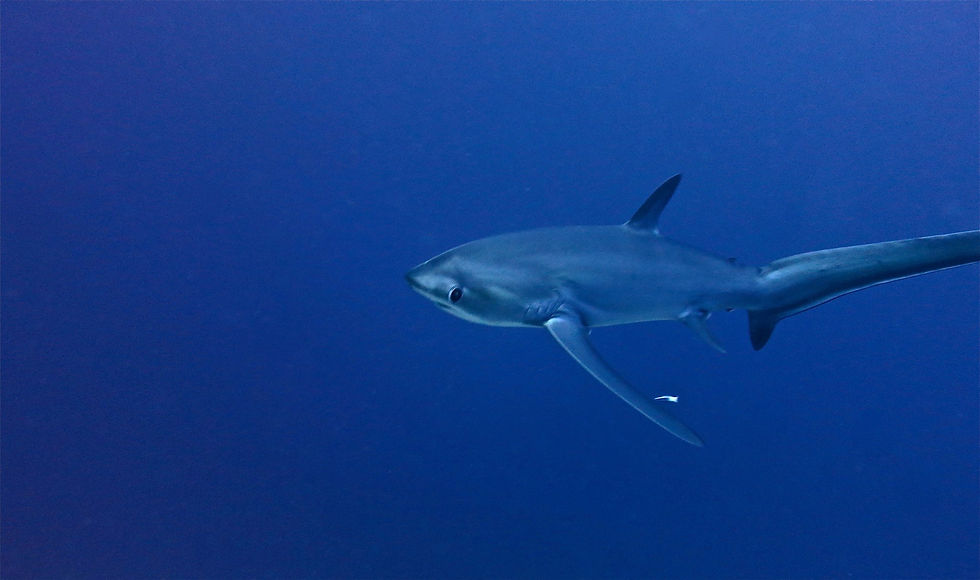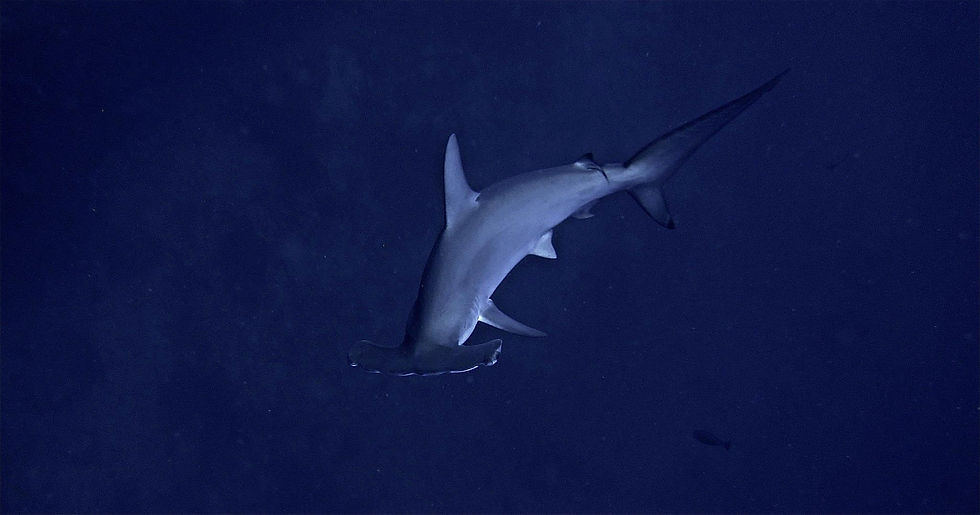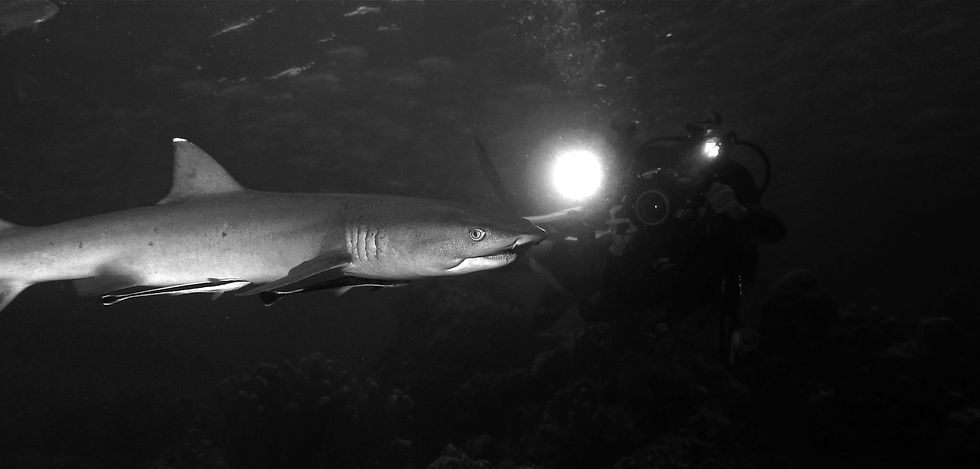
LAYANG LAYANG
ISLAND RESORT
Dive Sites

D'Wall
D'Wall is a sheer vertical free-fall and a sight to behold! The drop-off starts in 1m of water and then, presto, plummeting to 2000m depths! Please mind your buoyancy and depth control to a max of 40m.
The wall face is breathtaking, adorned with life and colour. Schools of surgeons and jacks cascade down the face of the wall like a waterfall. Sea whips and sea fans defy gravity, while silver and bait fish dart and dive about.
Sharks cruise this area: white tips, grey-reef, and hammerhead sharks have been seen on many occasions, as well as majestic manta rays gliding gracefully up the wall.
On the wall face, barrel sponges, coral formations, even anemones grow, and gorgonians extend into the blue. Take time to appreciate the small creatures as well, such as arrow crabs, nudibranch, clams and the tiny formations of stem coral.

The Valley
The Valley is a gentle slope with large formations of hard corals. Groupers, sweet-lips, large schools of surgeon fish and fusiliers roam the site. Trigger fish nest here too, so mind your manners!
Though the depth stays shallow - 10 to 15 meters until it drop-off into the deep blue, there are many areas to explore. Schools of barracuda and skinner swim in the area with the occasional reef shark cruising the length and breath of the dive site. Turtles tend to settle in this area to rest in the shallows.
The coral formations are huge with overhangs and crevices to explore. Soft corals adorn the underside of these formations. Keep a lookout for the small and unusual. Flat-worms, nudibranchs and crustations crawl along the corals in rainbow of colours and size. Among the numerous anemone patches a Golden Anenome has been spotted. So if you locate this rare species, inform the divemaster so that it can be shared with the other divers.
Wrasse Strip
Wrasse strip is one of the most eye-opening coral dives in the world. Hard and soft corals are on display in full technicolour and unique formations, some so intricate that they resemble an English horticultural show.
The fish each have their own little kingdom of coral that they seem to stand guard over. There are large coral bommies with small caverns and overhangs that are home to batfish, sweet lips and soldier fish. Trigger fish lurk in this area so keep an eye out for the Titan Trigger. These guys will have you hustling your butt out of there quicker than you can say, golly that chap tried to head butt me and steal my flipper!
Turtles are seen regularly as well as schools of surgeonfish, jacks, barracuda, and if you are lucky, a small school of manta rays. Hammerheads are also regulars here in their huge yet compact schools.

Sharks' Cave
No free beers for guessing what the main attraction here is. Start the dive on the edge of the drop off in 3m of water, then drift down the face to a sand ledge where several Leopard sharks can be found resting. If you move slowly and carefully, you'll be able to get close to them, and watch them watching you with eyes as black as coal.
Swimming past sea fans, whips, and coral formations, you'll see tuna and reef sharks glide by the come in close. You then find yourself in front of the sharks cave. At the back of this tranquil cavern, lie small white-tip reef sharks huddled togather as a family. Move slowly and gently. Do not fence or entrap the sharks and they will stay there posing for photographs. But move erratically and you will steer them and there will be sharks, divers, bubbles and sediment everywhere. You will not be popular with the other divers who will miss out on these misunderstood creatures!
Once out of the cave you can make your way along another majestic portion of the wall. With the deep water that surrounds the atoll, it is important to monitor your depth, air supply and your bottom time. While Layang-Layang is well-equipped for diver emergencies, prevention is better than cure!
